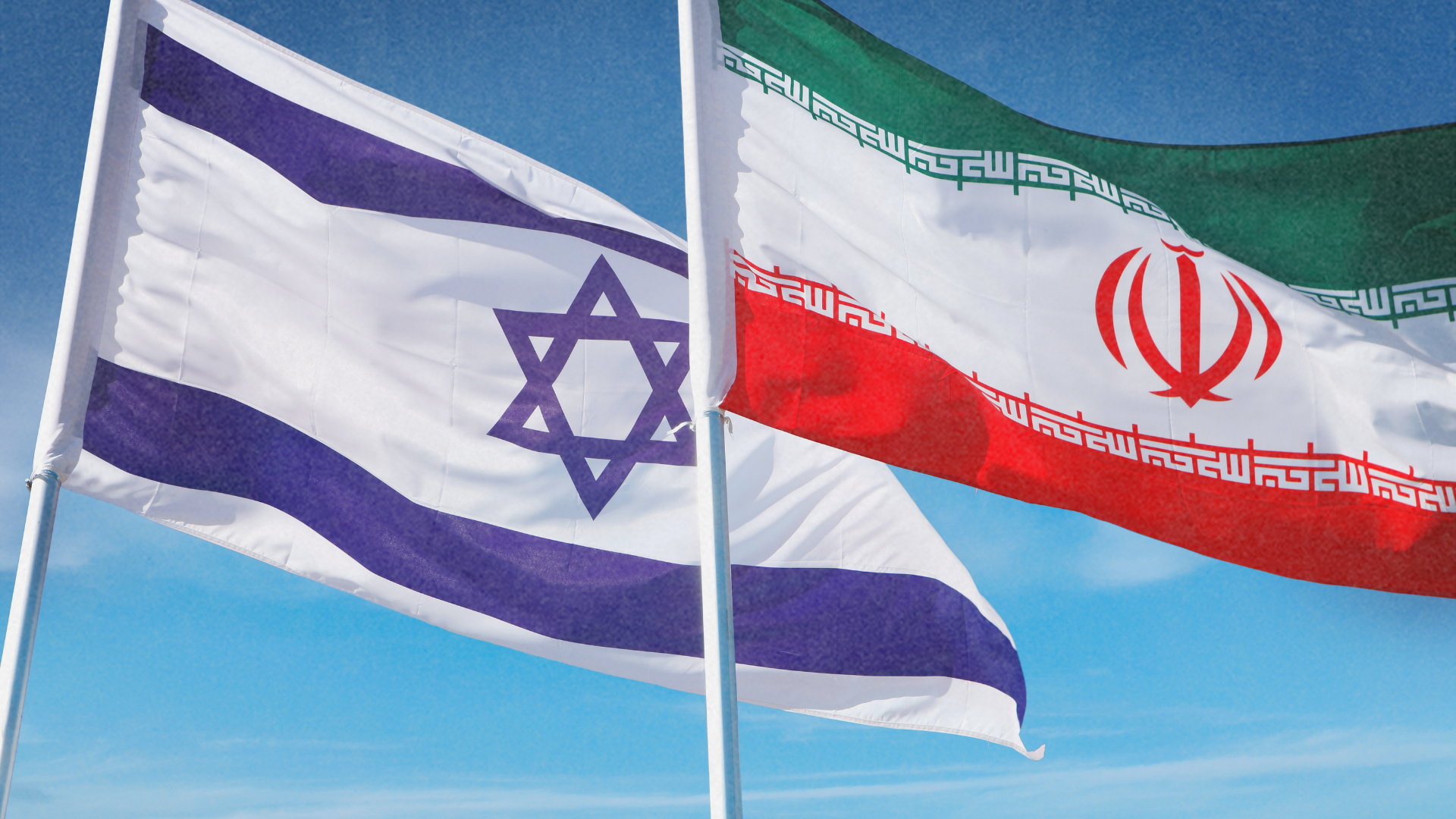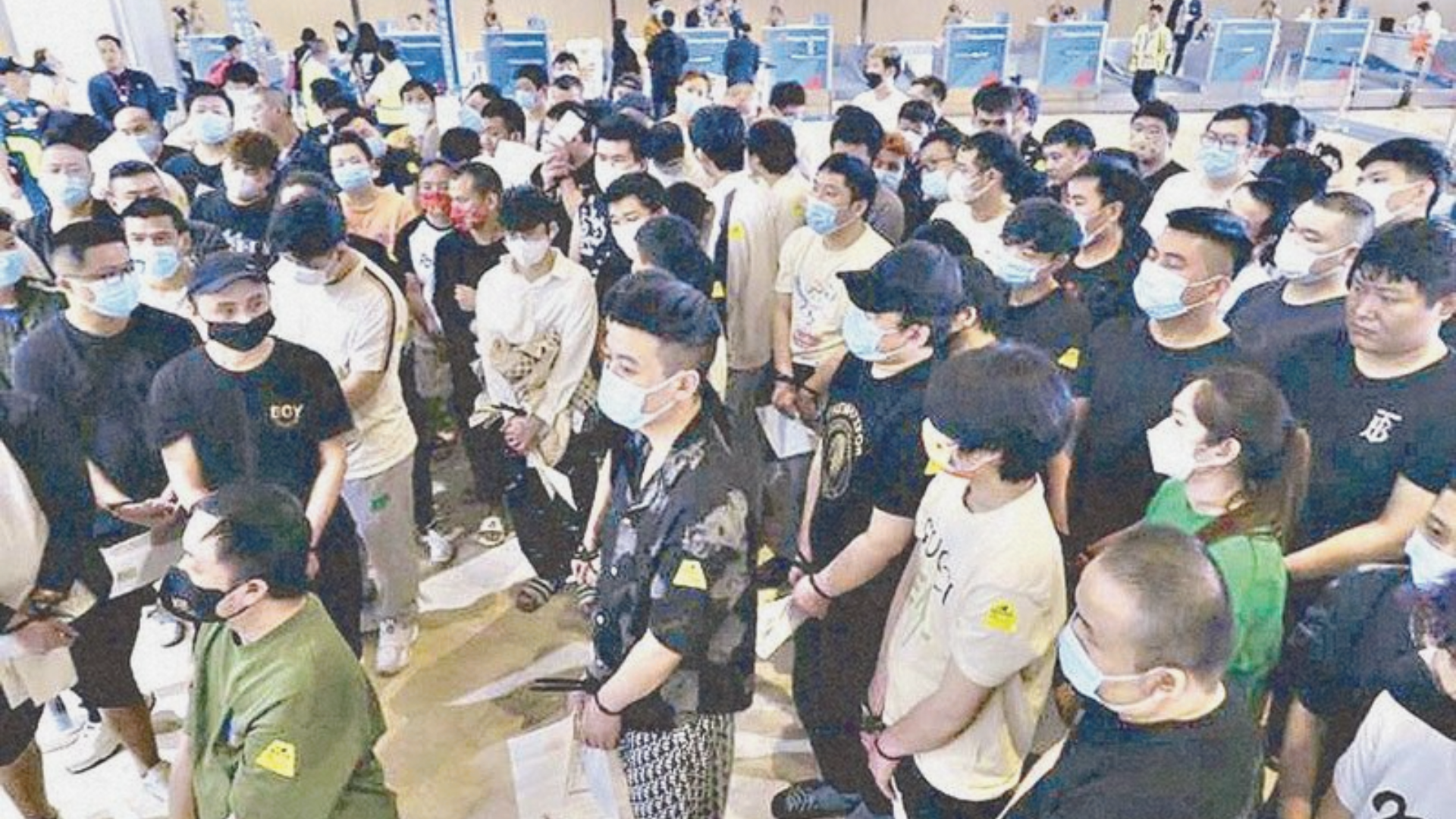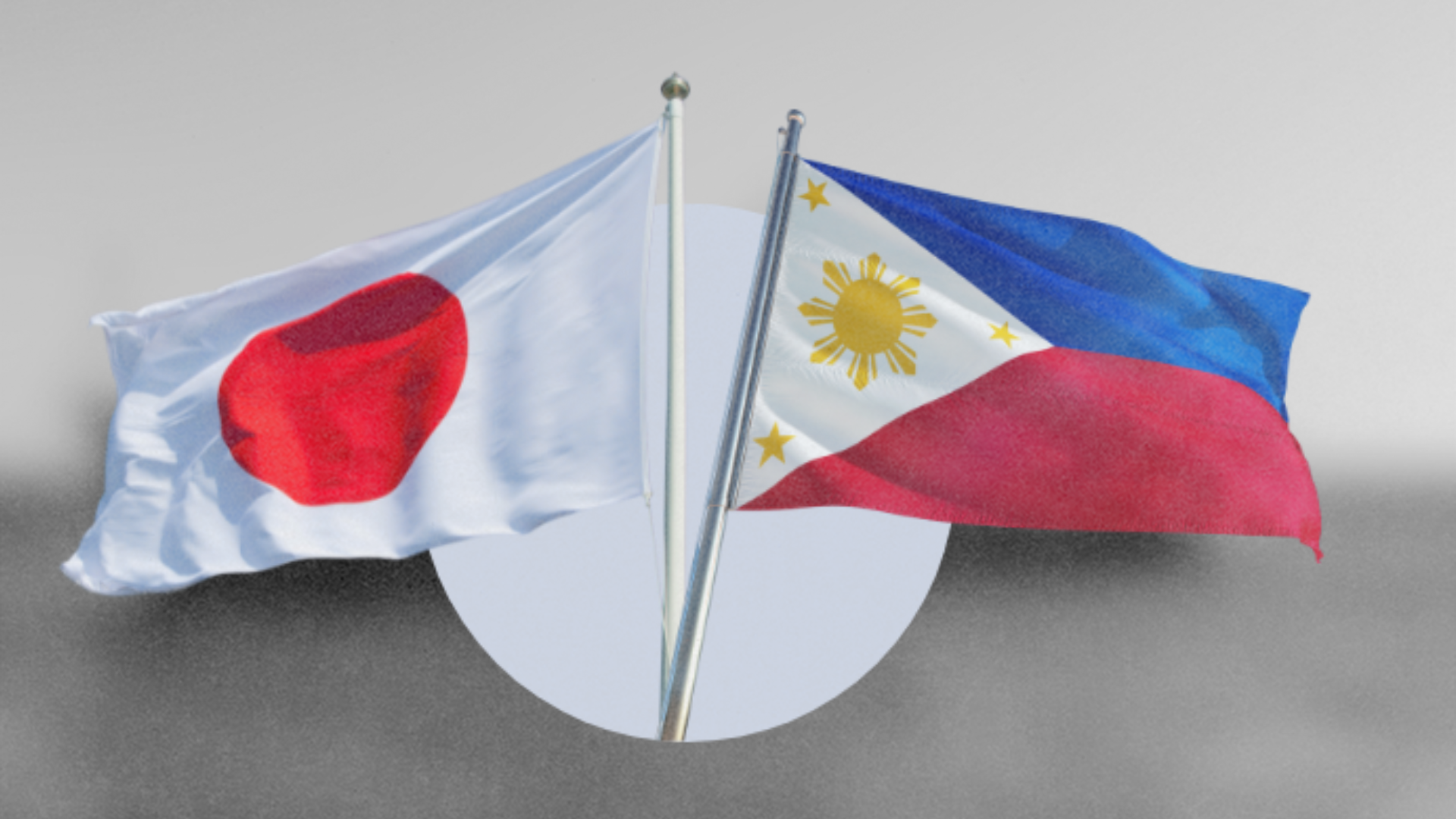
Smart Communications, Inc. and the Department of Science and Technology (DOST) jointly launched the mobile application of the on-time weather information of Project NOAH website last October 17 at the PAGASA Science Garden Complex in Quezon City.
“NOAH,” or Nationwide Operational Assessment of Hazards, is a responsive disaster mitigation program that was launched last July 6, 2012. The program was developed by DOST in partnership with the University of the Philippines. Since then, it has gained public attention, especially during the monsoon rains that caused heavy flooding in Metro Manila and neighboring regions last August.
Project NOAH provides a graphic representation of overall weather-related hazards in real time. Data is collected from DOST equipment in the field and from weather satellites. At the forefront of the DOST’s Project NOAH are Philippine Atmospheric, Geophysical and Astronomical Services Administration (PAGASA) and Philippine Institute of Volcanology and Seismology (PHIVOLCS), and other collaborating DOST agencies such as the Advanced Science and Technology Institute (ASTI) and the Science Technology Information Institute (STII).

Rolly Rulete, the developer for the Project NOAH for mobile, is dubbed an “apptivist” because the app he developed was meant for the good of the people. He, a proud son of a fisherman, has great concern over the weather because his family constantly lived with the hazards of everyday weather.
Rulete gave a demonstration of the mobile app in the launching. The application for Android features the standard access to the data shown in the Project NOAH website. This includes temperature, rainfall, river water levels, and Doppler radars, among others. The information, like a screenshot or news tweet, can be shared over various messaging platforms like social networks, email, and even SMS.

DOST Secretary Mario Montejo said in a statement, “We chose Rolly Rulete to develop the official mobile version of the DOST’s Project NOAH website for Android devices because we want Davao and Mindanao to be represented in the nationwide effort to mitigate disasters.” Rulete is said to be from Davao.
He added, “Participation of all Filipinos in the effort is very important because it increases their stake in the solution to the problem. With better awareness, you have more reason to prepare against the impacts of hazards.”
Ramon Isberto, Smart Public Affairs head, also said in a statement: “We are optimizing the use of technology and connectivity as tools to build the country’s capabilities for disaster preparedness and mitigation.”
He shared, “The launch of the DOST’s project NOAH Android app solidifies Smart’s partnership with the DOST and its worthwhile contributions to bolster the government’s disaster preparedness efforts.”
Raymund Liboro, director of the DOST-STII and also the host of the event, said that the app is “100 percent Pinoy.” That it was born out of pure Filipino talent and ingenuity and is the first of its kind in the world.
The application can now be downloaded for Android OS for smartphones and tablet computers. An IOS version (for iPad and iPhone) of the app is expected to be released by December this year.
You can download the Project NOAH app for your Android device here.
Citizen Flood Patrol
The Flood Patrol, another Android mobile-based application, was also first introduced to the public during the NOAH mobile app launch. Flood Patrol, which was developed by Ateneo Java Wireless Competency Center, extends the flood monitoring and flood mapping service of Project NOAH. It also allows citizens to report flooding in their areas. Users can, at the same time, take a look at existing flood reports based on historical inputs. In addition, the mobile version allows users to take photos or pictures of the flooding in their area.
According to Dr. Reena Estuar, research director of Ateneo Java Wireless Competency Center, “These pictures are stored in the web server for access by proper authorities.”

“The reports coming from the web and mobile applications are used as crowdsourcing data for flood analysis and disaster management,” according to a statement released by Smart. The gathered flood data will be correlated to rainfall to map out urban flooding which can be useful in disaster preparedness and response.
Also, to support Project NOAH, Smart and its sister-company Sun Cellular will allow DOST to install automated rain gauges in 600 of their cell sites in target river basin systems. In a statement, Smart said that its “network services are also being used to transmit pertinent weather data for analysis and formulation of DOST’s grand flood-warning system.”
Infoboard Service
SMS or text messaging remains the primary means of communication among Filipinos. It is for this reason that DOST and Smart took into account the importance of text messaging in disaster awareness and mitigation by launching an Infoboard service during the said event.
The Infoboard service, according to Smart, is its “web-based text broadcast facility that helps manage dissemination and gathering of weather and disaster-related reports within the DOST community.” It can send messages to thousands of subscribers at the same time and in any particular area.
The Infoboard, which is a text-blast system, is powered by Smart and is already made available to other government agencies, flood-prone communities, as well as schools and universities all over the country.
Towards a Culture of Preparedness
In an earlier story, Dr. Mahar Lagmay, executive director of Project NOAH, said that “Project NOAH is not just a website; it is a way of life.” That it is important to raise awareness among people as it is the first step towards disaster preparedness.
Project NOAH is an important tool for disaster preparedness, not only for government entities but for everyone. Now that it has gone mobile, it gives regular access for people on the go. If such application is regularly used by the people, as well as the information is used to improve their daily lives, then truly it becomes a step towards a culture of preparedness.







One response to “Project Noah and Other Disaster Preparedness Applications Launched”
[…] https://securitymatters.com.ph/project-noah-and-other-disaster-preparedness-applications-launched-7419… […]